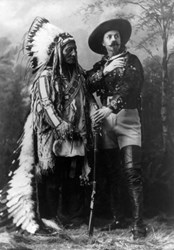Marysville School District
The landing page of the new community recovery team website reads: “We’re All in This Together”. The website is the product of a joint collaboration between the Tulalip Tribes, City of Marysville, and the Marysville School District.
The purpose of the website is to provide stakeholders across the Marysville and Tulalip communities with a common place to find information and resources on healing, hosted events, trainings and details on the larger recovery efforts in the aftermath of the tragic murder/suicide that occurred at the Marysville-Pilchuck High School campus on October 24, 2014.
Since the tragedy, the Tribes, City, School District, and the Marysville and Tulalip leaders, community members, and members in the field of post-trauma events have been meeting regularly to plan and coordinate efforts for the Marysville and Tulalip communities. Through this work, a Community Recovery Team developed and is comprised of members from all three entities including area-wide representation from Victims Support Services, the Ministerial Association, Volunteers of America, American Red Cross, Marysville YMCA, United Way of Snohomish County, and so many more who have come together in support of our youth and communities. The work of the committee has included coordinating trainings, providing resources, holding community meetings, and providing support for the families and victims of the tragedy and others. The website will now consolidate all the information generated by this team into a single website for community members to access.
The website is shared by the Tribes, the City, and the District, and will be updated regularly with new information and events as they are scheduled, resources, and other pertinent information.
We are Marysville/Tulalip United – visit us at www.mtunited.org



